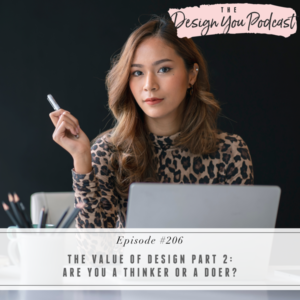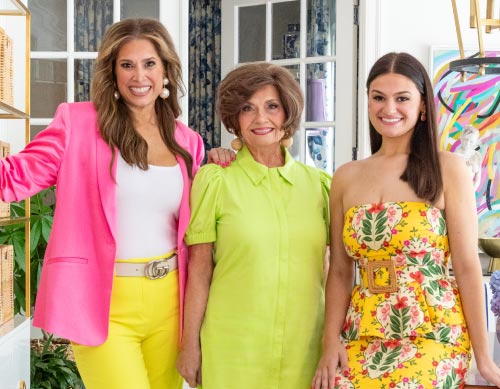
When you think about how you spend most of your time in your business or how you spend your time in your work as a designer or creative, it really comes down to one question: are you a doer or a thinker?
I used to be much more of a doer, but it was never really easy for me. It didn’t feel in alignment with my nature and my skillset to be a doer but I continued to do it anyway. And y’all, it was exhausting. It truly took its toll on me because I’m a visionary at heart. But establishing which one you are can really help you work in a way that aligns with your values.
In this episode, discover the differences between a thinker and a doer and how to establish which one you are. We are all a little of both to some degree, but knowing which one you are in nature can do wonders for your business and completely change the way you work, so I’m exploring it further this week.
If you want help creating a business with thriving revenue streams so that you can design the life you really want, get on the waitlist for the next round of my Design You Coaching Program. Inside, you’ll get access to a whole new course where I share my complete design system with you. You’ll receive every template, tool, SOP, worksheet, downloadable, video, and more that I have created and used myself, and receive a complete step-by-step for how to run your full-service projects.












